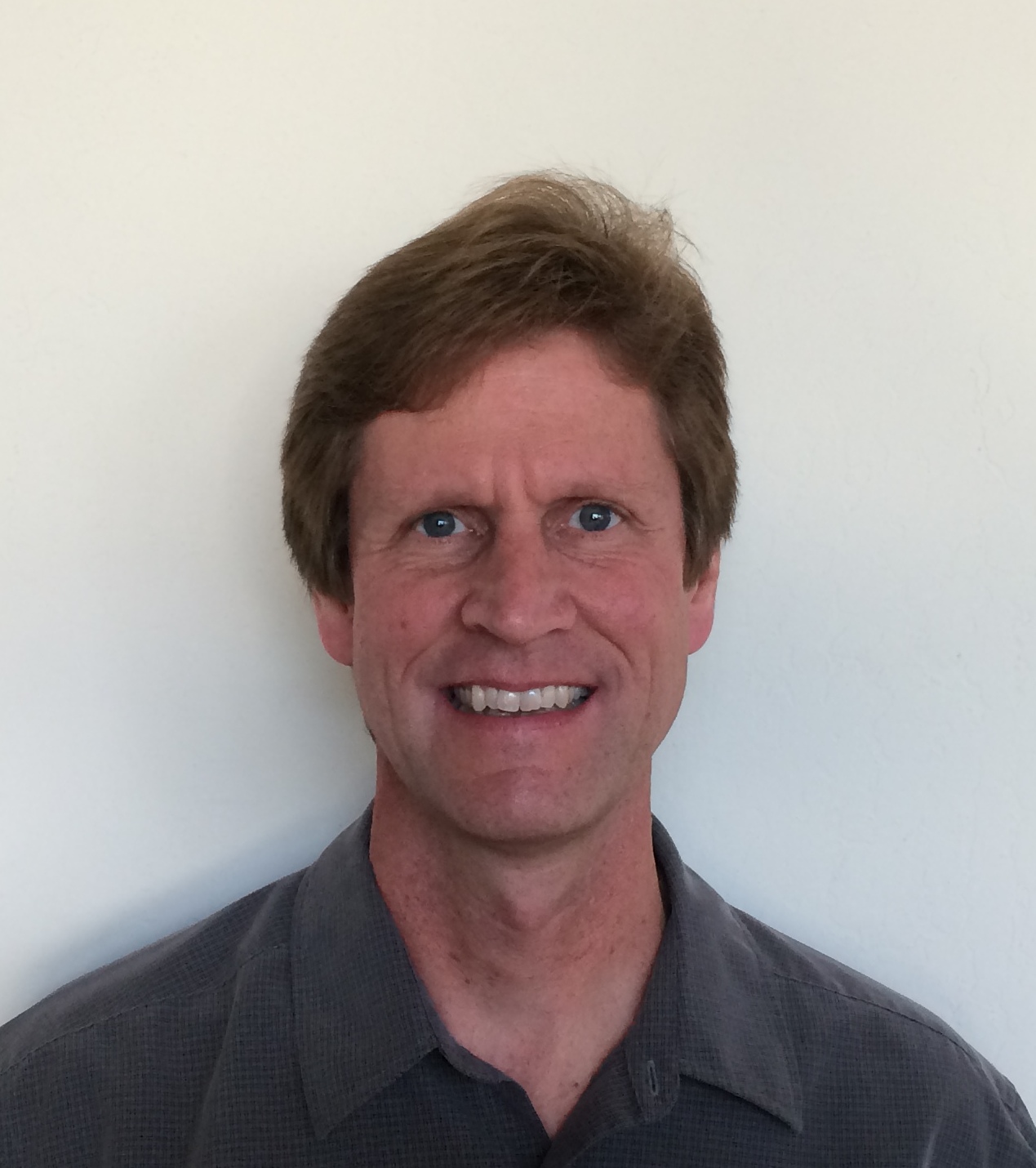
Abstract
The first room temperature lasing operation of a GaN blue laser was reported in 1995 by Shuji Nakamura. Numerous research institutions joined the race, but no one could even come close to matching the pace of Shuji. In this talk, I will try to give you a feel for the race for blue lasers as it played out in the late 1990’s. It can be broken down into 3 sections:
(1) I will first review in some detail the challenges and differences of making GaN blue lasers relative to more conventional semiconductor lasers to give you an appreciation for what was accomplished in a few short years in the late 1990’s.
(2) I will then summarize key results of the main players and contrast them with the work of Nichia during the same time period to highlight the dramatic lead Nichia held throughout the late 90’s, including trend charts of progress made.
(3) I will close with some headline news accounts of progress made after 1999, including Shuji’s interesting story after leaving Nichia in 2000.
Biography
Scott W. Corzine received his B.S. (1985), M.S. (1987), and Ph.D. (1993) degrees from the ECE Dept. at UCSB with Larry Coldren. His graduate work involved the theoretical and experimental investigation of VCSELs. He co-authored “Diode Lasers and Photonic Integrated Circuits” with Larry Coldren in 1994-1995, and also contributed a chapter to Peter Zory’s “Quantum Well Lasers” book in 1993. He worked at HP/Agilent Labs in Palo Alto, CA, from 1995-2005 on the design and fabrication of various optoelectronic devices. During the late 1990’s, he interacted with the HP Labs GaN blue laser team. In 2006, he joined Infinera in Sunnyvale, CA, where he still works today on current and next-generation photonic integrated circuits.